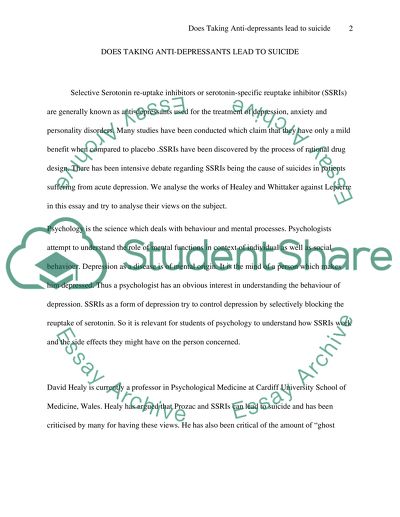Cite this document
(“Consequences Of Taking Antidepressants Research Paper”, n.d.)
Retrieved de https://studentshare.org/psychology/1391540-does-taking-antidepressants-lead-to-suicide-argued
Retrieved de https://studentshare.org/psychology/1391540-does-taking-antidepressants-lead-to-suicide-argued
(Consequences Of Taking Antidepressants Research Paper)
https://studentshare.org/psychology/1391540-does-taking-antidepressants-lead-to-suicide-argued.
https://studentshare.org/psychology/1391540-does-taking-antidepressants-lead-to-suicide-argued.
“Consequences Of Taking Antidepressants Research Paper”, n.d. https://studentshare.org/psychology/1391540-does-taking-antidepressants-lead-to-suicide-argued.


